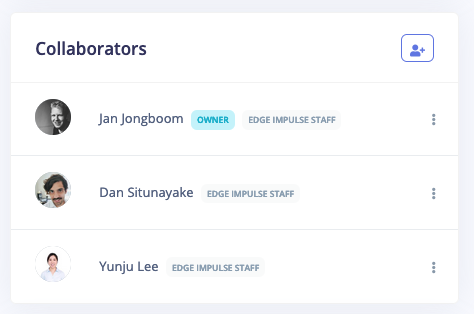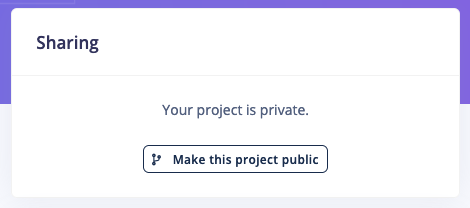Data
Does Edge impulse integrate with cloud storage services?
Does Edge impulse integrate with cloud storage services?
How is the labeling of the data performed?
How is the labeling of the data performed?
Processing
What signal processing is available in Edge Impulse?
What signal processing is available in Edge Impulse?
How does the feature explorer visualize data that has more that 3 dimensions?
How does the feature explorer visualize data that has more that 3 dimensions?
Learning
What frameworks does Edge Impulse use to train the machine learning models?
What frameworks does Edge Impulse use to train the machine learning models?
⋮, and selecting Switch to expert mode.Can I use a model that has been trained outside of Edge Impulse?
Can I use a model that has been trained outside of Edge Impulse?
Deployment
What are the minimum hardware requirements to run the Edge Impulse inferencing library on my embedded device?
What are the minimum hardware requirements to run the Edge Impulse inferencing library on my embedded device?
What is the typical power consumption of the Edge Impulse machine learning processes on my device?
What is the typical power consumption of the Edge Impulse machine learning processes on my device?
What engine does Edge Impulse use to compile the impulse?
What engine does Edge Impulse use to compile the impulse?
Is there a downside to enabling the EON Compiler?
Is there a downside to enabling the EON Compiler?
What is the .eim model format for Edge Impulse for Linux?
What is the .eim model format for Edge Impulse for Linux?
Can I use an unsupported development board or a custom PCB (with a different microcontroller or microprocessor) with Edge Impulse?
Can I use an unsupported development board or a custom PCB (with a different microcontroller or microprocessor) with Edge Impulse?
- Transmitting data to the Data forwarder
- Using the Edge Impulse for Linux SDK
- By uploading files directly (e.g. CBOR, JSON, CSV, WAV, JPG, PNG)
Other
How can I share my Edge Impulse project?
How can I share my Edge Impulse project?
How can I cite Edge Impulse in scientific publications?
How can I cite Edge Impulse in scientific publications?

